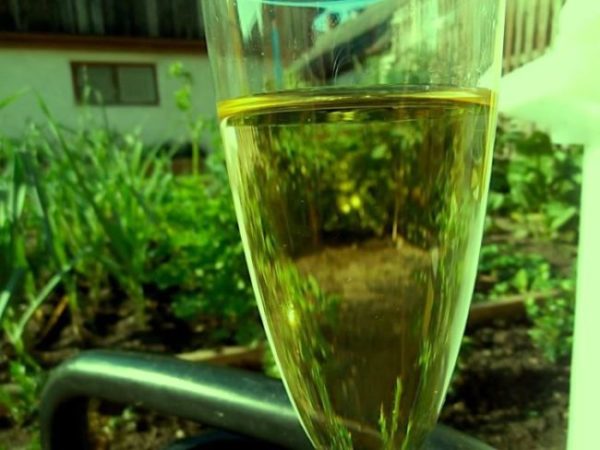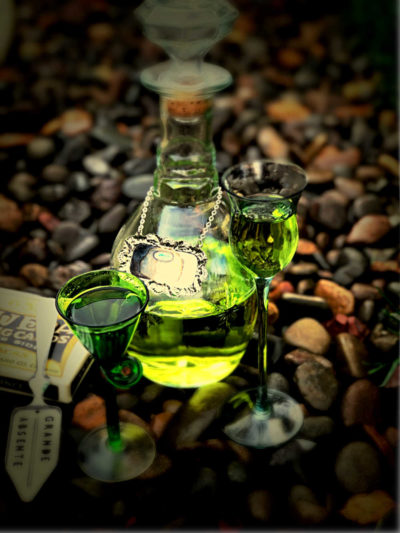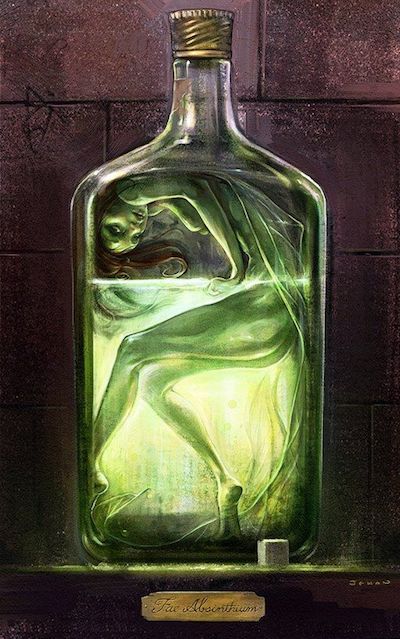
A glass of absinthe is as poetical as anything in the world. What difference is there between a glass of absinthe and a sunset?
After the first glass, you see things as you wish they were. After the second, you see things as they are not. Finally, you see things as they really are, and that is the most horrible thing in the world.
Oscar Wilde (1854 – 1900)
(Whilst touring America in 1882)

Got tight last night on absinthe and did knife tricks. Great success shooting the knife underhand into the piano. The woodworms are so bad and eat hell out of all the furniture that you can always claim the woodworms did it.
Ernest Hemingway (1899 – 1961)
I sit at my door, smoking a cigarette and sipping my absinthe, and I enjoy every day without a care in the world.
Paul Gauguin (1848 – 1903)

What is it in absinthe that makes it a separate cult? The effects of its abuse are totally distinct from those of other stimulants. Even in ruin and in degradation it remains a thing apart: its victims wear a ghastly aureole all their own, and in their peculiar hell yet gloat with a sinister perversion of pride that they are not as other men.
Aleister Crowley (1875 – 1947)
In French, the word “absinthe” means “wormwood.” It was also known as the “green fairy” during its heyday in France in the 1800s. The Green Fairy is the English translation of La Fee Verte, the French nickname given to absinthe in the 19th century. The nickname stuck, and over a century later, “absinthe” and “Green Fairy” continue to be used.
Absinthe is an anise-flavored liquor or spirit that is made by steeping wormwood (wormwood has been defined as the quinine of the poor) and other aromatic herbs (hyssop, lemon balm, and angelica) in alcohol.
The drink is distinguished by its dazzling emerald blue-green clarity, due to its chlorophyll content. When mixed with water, the liquor changes to cloudy white.
Pernod was the original absinthe. It is still distilled today, only without the wormwood. Other liqueurs used today as a substitute for wormwood are Ricard, Hersaint, Anisette, Ouzo, and Sambuca.
The drink is distinguished by its dazzling emerald blue-green clarity, due to its chlorophyll content. When mixed with water, the liquor changes to cloudy white.
Pernod was the original absinthe. It is still distilled today, only without the wormwood. Other liqueurs used today as a substitute for wormwood are Ricard, Hersaint, Anisette, Ouzo, and Sambuca.
Wormwood is a derivation of the German word “wermut” or the Anglo-Saxon word “wermod,” and has a lineage to the word “vermouth.” Wormwood has also come to mean a bitter or mortifying experience.
External links:
Wormwood: Artemisia absinthium (Wikipedia)
Absinthe (Wikipedia)
Featured image: Private



